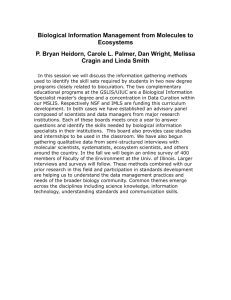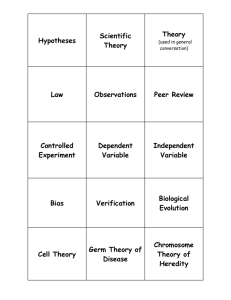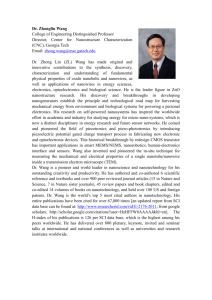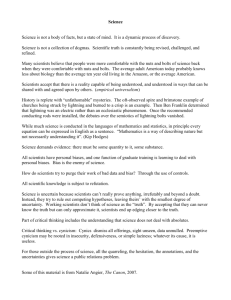Jessica Wang, American Science in an Age of Anxiety: Scientists
advertisement
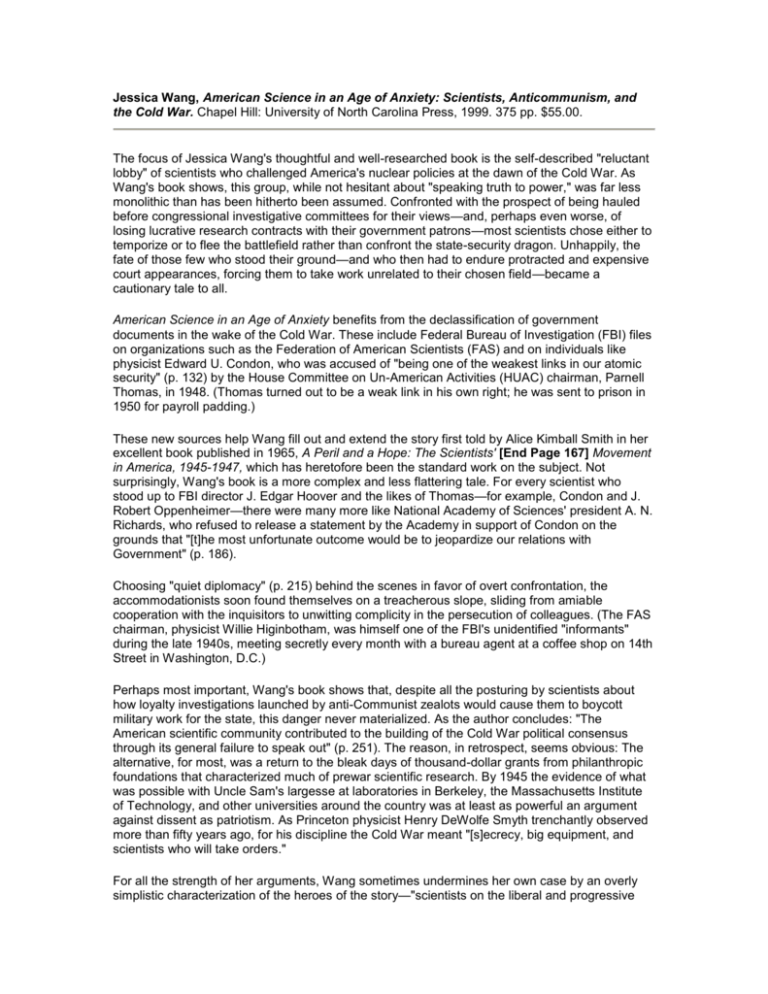
Jessica Wang, American Science in an Age of Anxiety: Scientists, Anticommunism, and the Cold War. Chapel Hill: University of North Carolina Press, 1999. 375 pp. $55.00. The focus of Jessica Wang's thoughtful and well-researched book is the self-described "reluctant lobby" of scientists who challenged America's nuclear policies at the dawn of the Cold War. As Wang's book shows, this group, while not hesitant about "speaking truth to power," was far less monolithic than has been hitherto been assumed. Confronted with the prospect of being hauled before congressional investigative committees for their views—and, perhaps even worse, of losing lucrative research contracts with their government patrons—most scientists chose either to temporize or to flee the battlefield rather than confront the state-security dragon. Unhappily, the fate of those few who stood their ground—and who then had to endure protracted and expensive court appearances, forcing them to take work unrelated to their chosen field—became a cautionary tale to all. American Science in an Age of Anxiety benefits from the declassification of government documents in the wake of the Cold War. These include Federal Bureau of Investigation (FBI) files on organizations such as the Federation of American Scientists (FAS) and on individuals like physicist Edward U. Condon, who was accused of "being one of the weakest links in our atomic security" (p. 132) by the House Committee on Un-American Activities (HUAC) chairman, Parnell Thomas, in 1948. (Thomas turned out to be a weak link in his own right; he was sent to prison in 1950 for payroll padding.) These new sources help Wang fill out and extend the story first told by Alice Kimball Smith in her excellent book published in 1965, A Peril and a Hope: The Scientists' [End Page 167] Movement in America, 1945-1947, which has heretofore been the standard work on the subject. Not surprisingly, Wang's book is a more complex and less flattering tale. For every scientist who stood up to FBI director J. Edgar Hoover and the likes of Thomas—for example, Condon and J. Robert Oppenheimer—there were many more like National Academy of Sciences' president A. N. Richards, who refused to release a statement by the Academy in support of Condon on the grounds that "[t]he most unfortunate outcome would be to jeopardize our relations with Government" (p. 186). Choosing "quiet diplomacy" (p. 215) behind the scenes in favor of overt confrontation, the accommodationists soon found themselves on a treacherous slope, sliding from amiable cooperation with the inquisitors to unwitting complicity in the persecution of colleagues. (The FAS chairman, physicist Willie Higinbotham, was himself one of the FBI's unidentified "informants" during the late 1940s, meeting secretly every month with a bureau agent at a coffee shop on 14th Street in Washington, D.C.) Perhaps most important, Wang's book shows that, despite all the posturing by scientists about how loyalty investigations launched by anti-Communist zealots would cause them to boycott military work for the state, this danger never materialized. As the author concludes: "The American scientific community contributed to the building of the Cold War political consensus through its general failure to speak out" (p. 251). The reason, in retrospect, seems obvious: The alternative, for most, was a return to the bleak days of thousand-dollar grants from philanthropic foundations that characterized much of prewar scientific research. By 1945 the evidence of what was possible with Uncle Sam's largesse at laboratories in Berkeley, the Massachusetts Institute of Technology, and other universities around the country was at least as powerful an argument against dissent as patriotism. As Princeton physicist Henry DeWolfe Smyth trenchantly observed more than fifty years ago, for his discipline the Cold War meant "[s]ecrecy, big equipment, and scientists who will take orders." For all the strength of her arguments, Wang sometimes undermines her own case by an overly simplistic characterization of the heroes of the story—"scientists on the liberal and progressive left"—and its villains: the FBI, HUAC, and the Senate's Internal Security Subcommittee. Thus, despite a nod in her conclusion to the research on American Communism by scholars John Haynes and Harvey Klehr and to the revelations afforded by recently released Soviet documents and the "Venona" decrypts, Wang glosses over the fact that some anti-Communist witch hunts actually turned up real witches (though the evidence—at least so far—has not shown that these included any of the most prominent American scientists). Indeed, for all of J. Edgar Hoover's evident faults, it is unfair to argue that "reflexive nativism" (p. 11) or "quelling dissent" (p. 44) was the only motivation for the FBI's admittedly fanatical quest to root out Communists, wherever they might be found. For the most part the bureau was simply looking for spies, whose existence had been abundantly confirmed in stolen documents, illegal wiretaps, and dossiers inherited from wartime army counterintelligence agents (who had used many of the same methods). When the Justice Department, after the war, proved unable or unwilling to [End Page 168] indict these suspects on the basis of such tainted evidence, Hoover in frustration turned over the evidence to the politically ambitious members of HUAC and their ilk, whose collective aim was to tar the scientists and many others with the brush of treason. To the country's detriment, the accused not only unwisely divided their forces but were forced to fight meager battles behind the locked doors of wood-paneled conference rooms, where the war ultimately was lost. Gregg Herken, Smithsonian Institution



